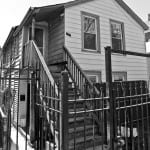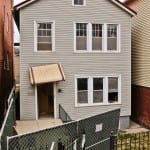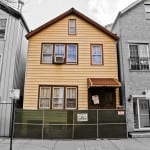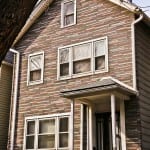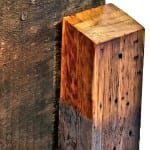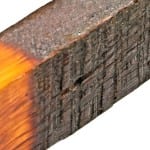troves of data pertaining to materials and methods collected from five 19th century chicago cottage in nearly a week's time
This entry was posted on August 10 2018 by Eric
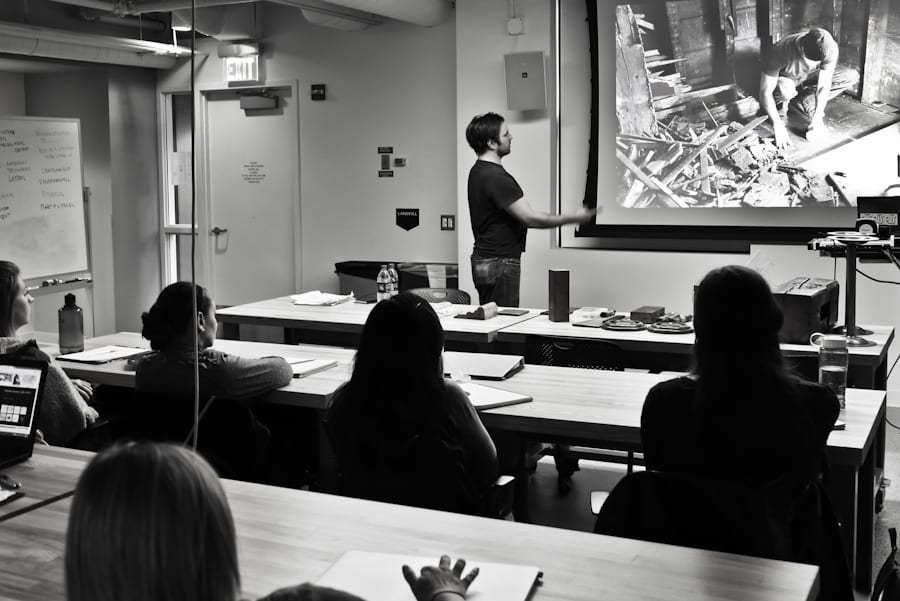
as of late nearly every cottage slated for demolition contains virtually no interior or exterior ornament worth salvaging due to countless renovations, remuddlings that have subsequently stripped those distinctive elements that contribute to a historically specific identity.
i've come to accept this as the norm, but remain eager to engage with these cottages, irregardless of their lack of salvage "value." beyond decor, i turn to my "deconstructing chicago" mindset, examining the structural framing hidden beneath layers of alterations that either damage or inadvertently protect these important components, in order to not only approximate the year of construction, but to study the materials and methodologies used in constructing the cottage.
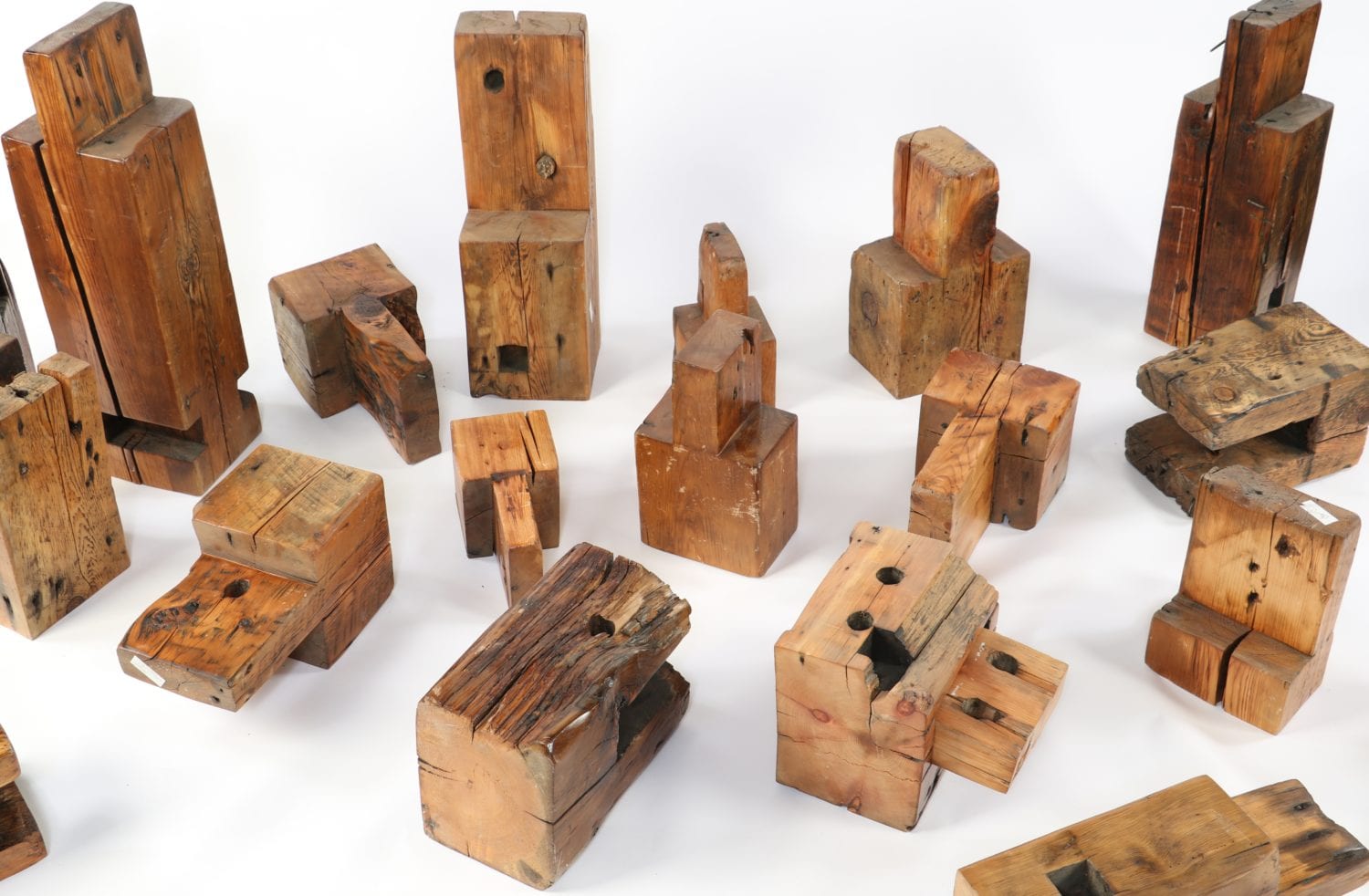
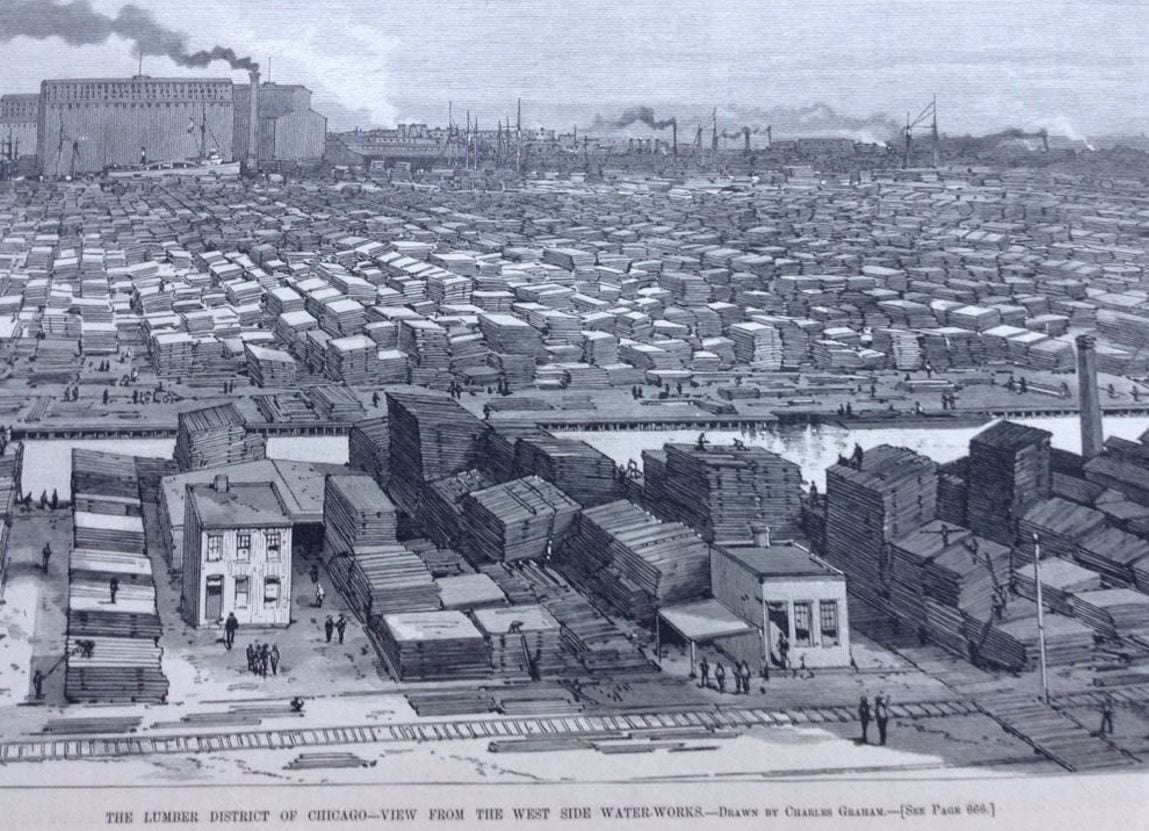
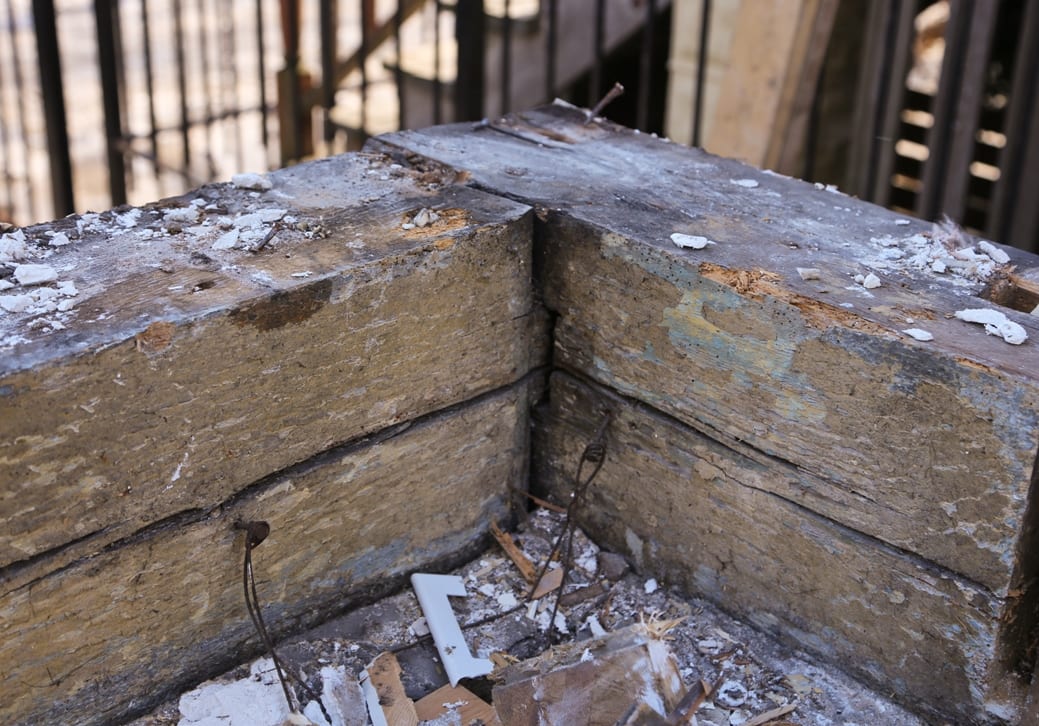
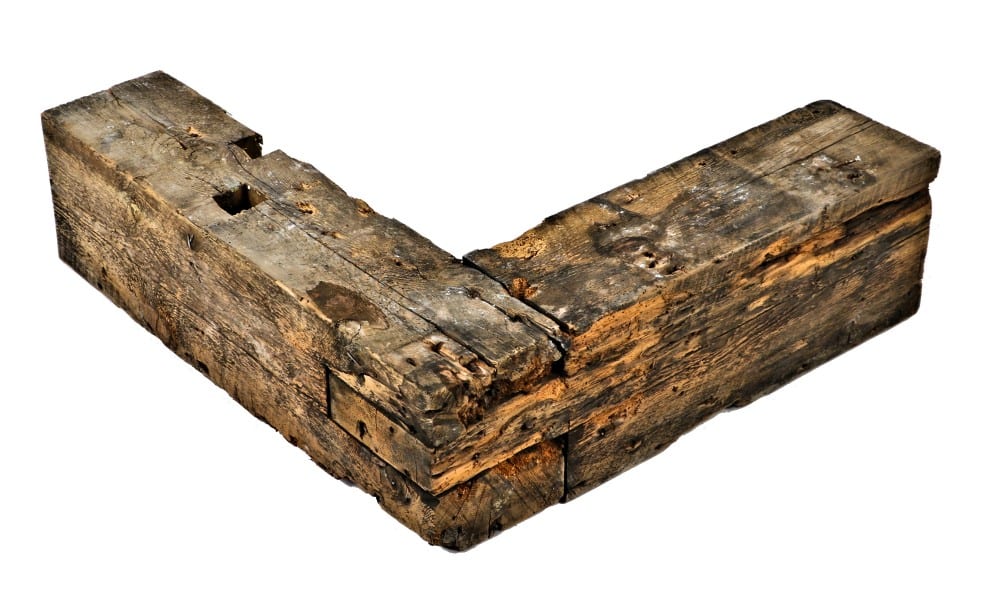
granted, from a business standpoint, this is a not a great way to utilize my limited time, but in terms of my passion for or interests in learning any and everything about constructing/deconstructing chicago during the 19th century, i find it to be highly rewarding. whether academic researchers in the historic building materials field take advantage of the data generated through imagery and specimens remains to be seen, but being given the chance to present my findings as a guest lecturer at the chicago art institute's historic preservation masters program indicated that there are at least a few people out there taking notice.
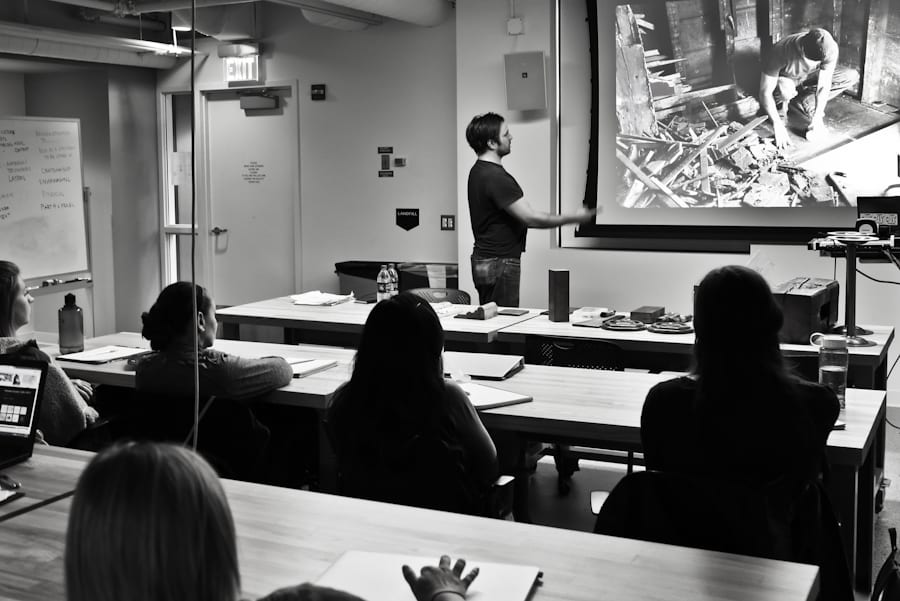
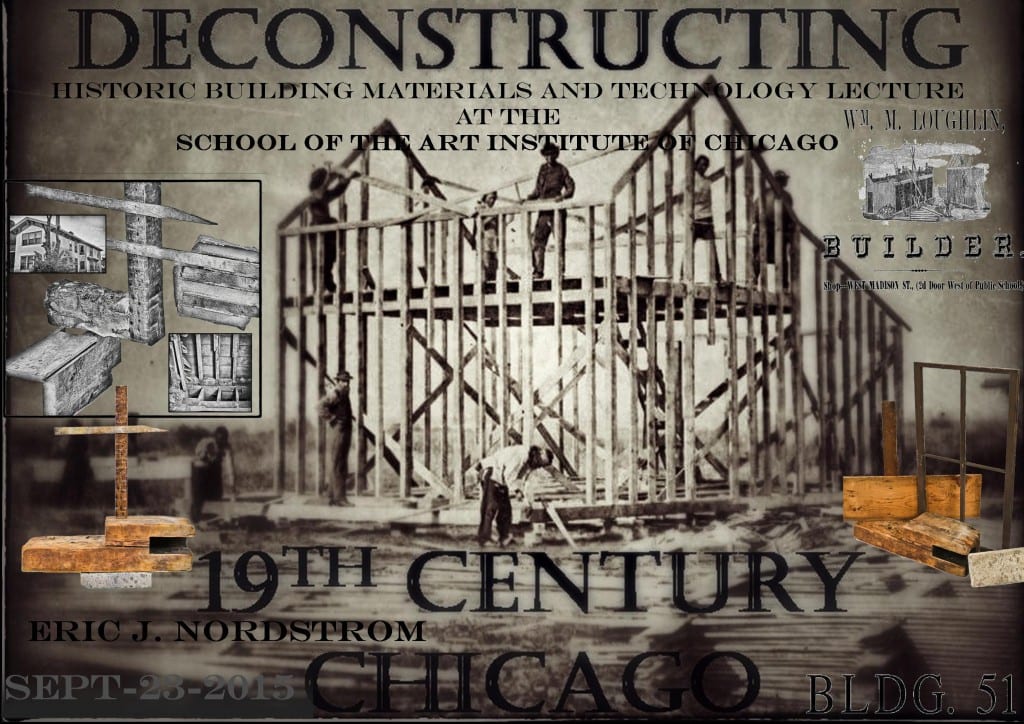
revisiting this partially completed post after several days away -- on a much-needed quasi-vacation (the camera never sits idle wherever i go)-- i now face the daunting task of cobbling together abbreviated narratives, bolstered by imagery of five pre-fire chicago cottages that either have been demolished, are currently undergoing demolition, or will meet with the wrecker within the coming days.
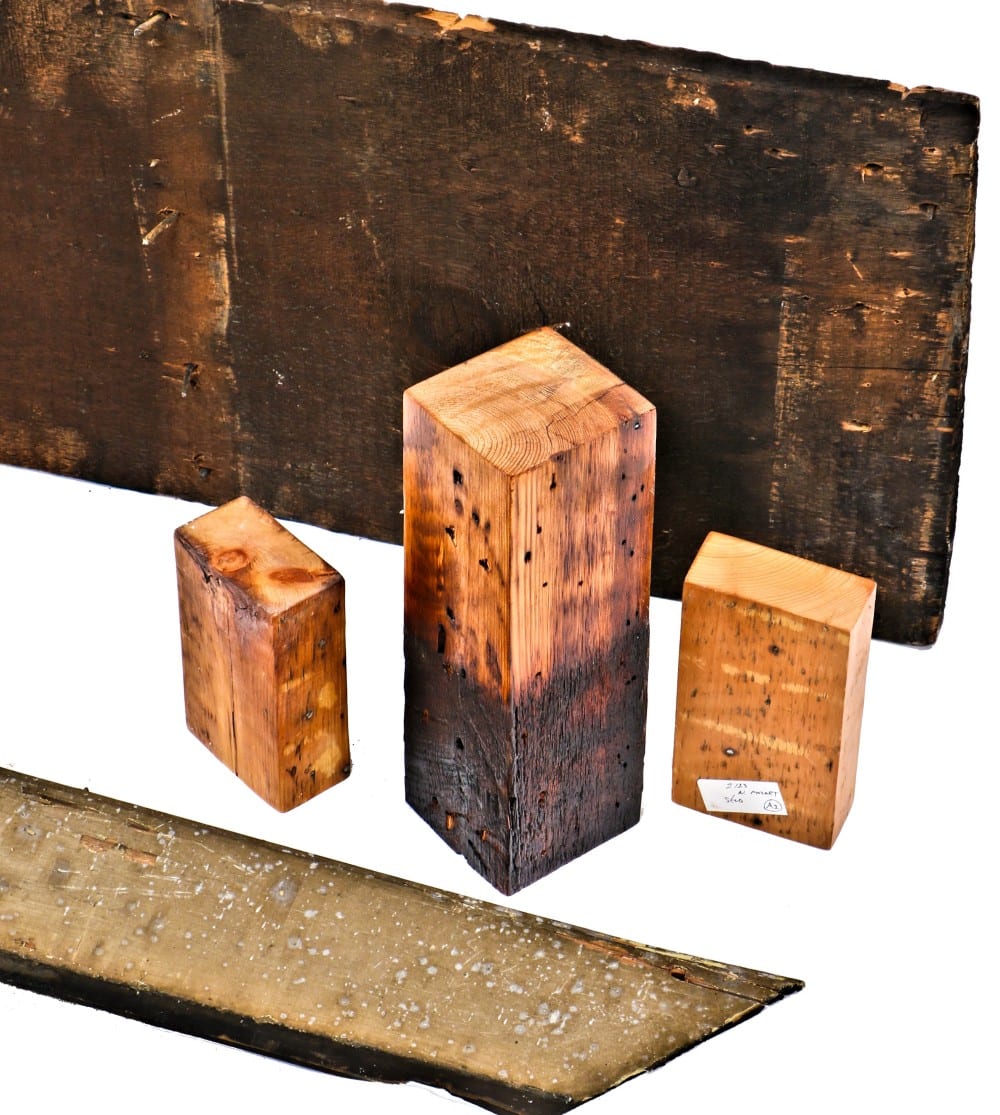
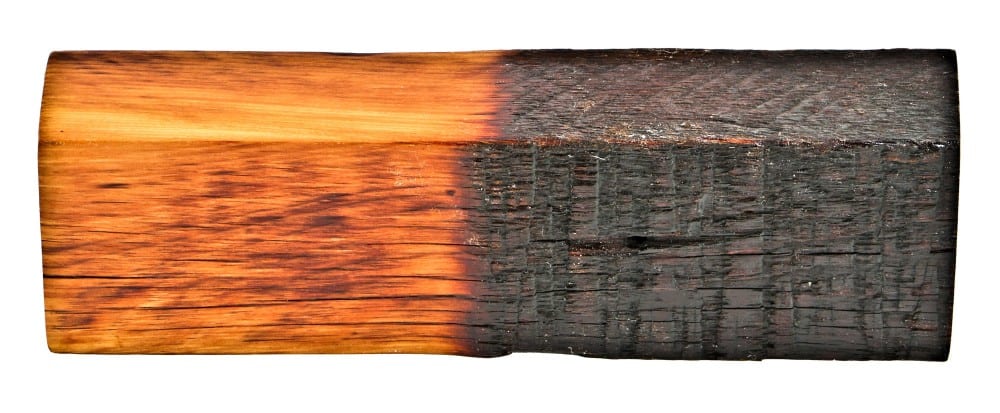
the goal, as always, is first and foremost to document the death of the house before it becomes landfill. secondly, in the spirit of deconstruction or reverse-engineering, i strive to develop a narrative that focuses exclusively on the underlying details of both material and method used. this technical understanding can become a means to both identify how the framed structure came to be, and tease out important characteristics that pinpoint the approximate date of construction.

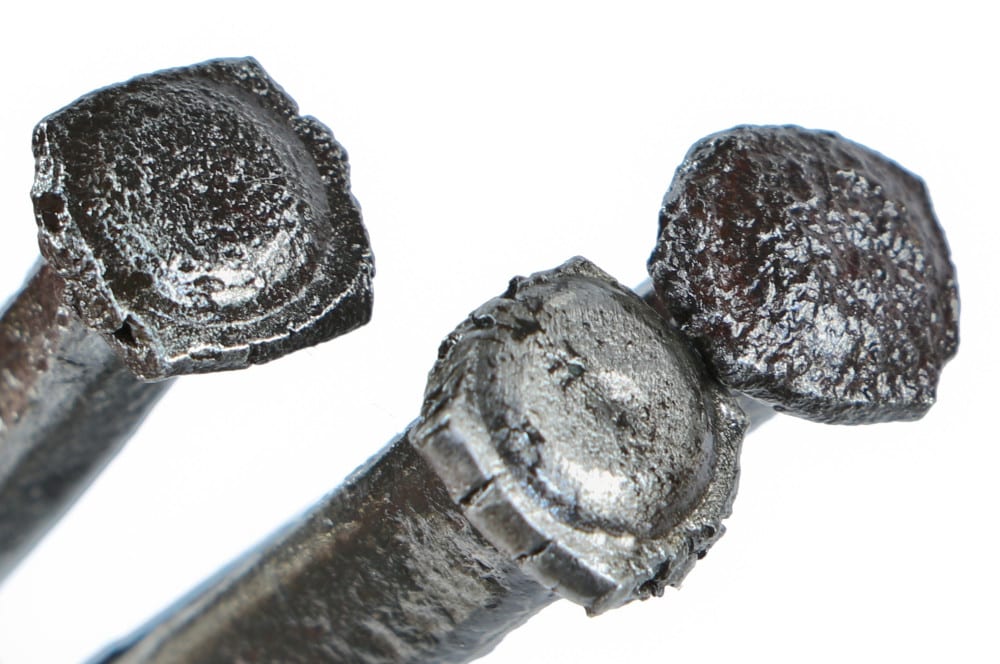
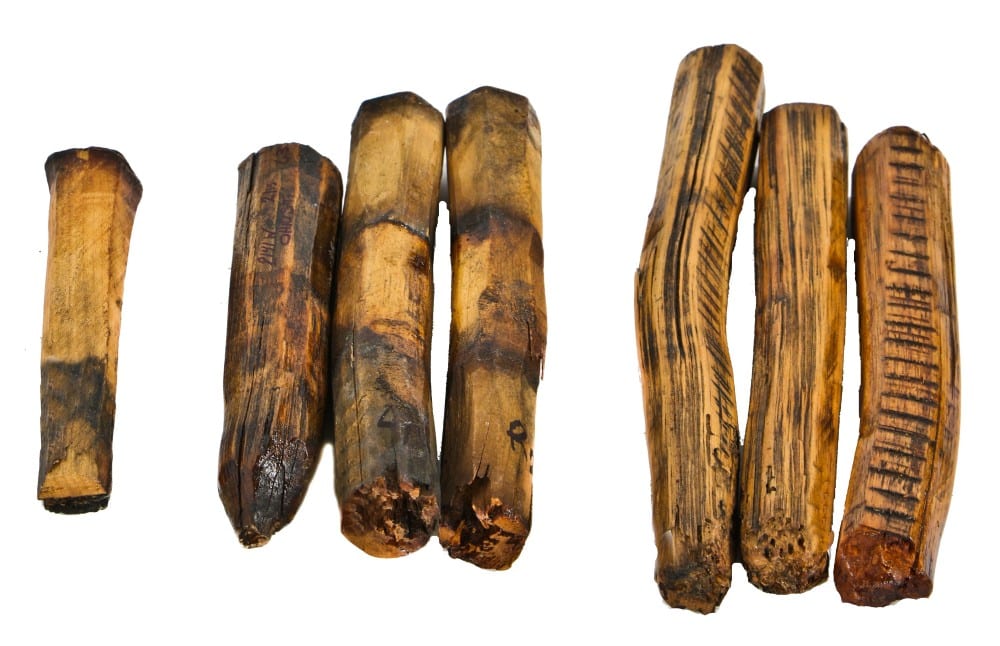
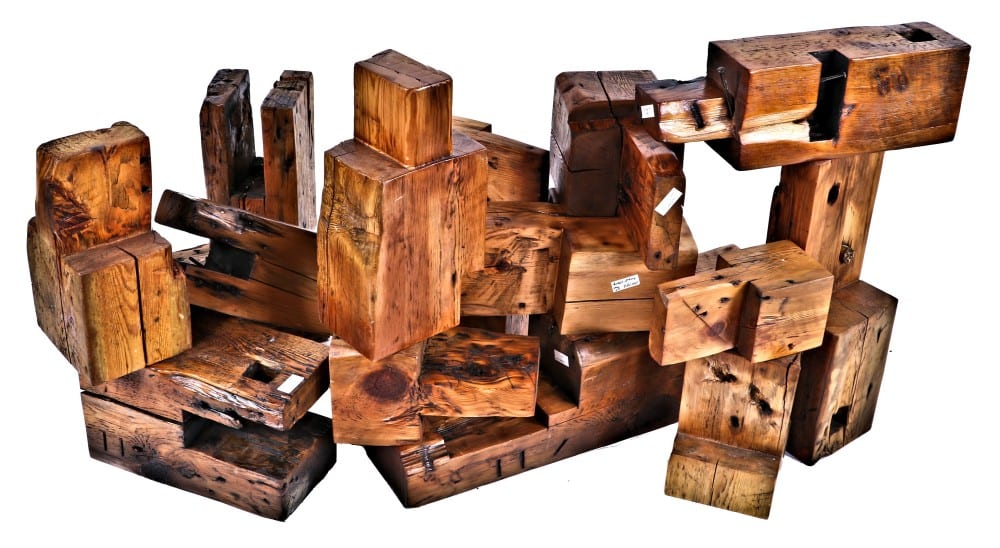
with an exact, or even approximate time frame of construction identified, i can gain tremendous insight into patterns of the building trade -- structures being erected based on the fluctuating supply and demand (e.g., economics, seasonal changes, availability, etc.) of materials; i can further study how that may have accelerated innovation in techniques (or lack thereof) in terms of the "chicago method" of balloon framing in either residential or commercial structures during a given time period.
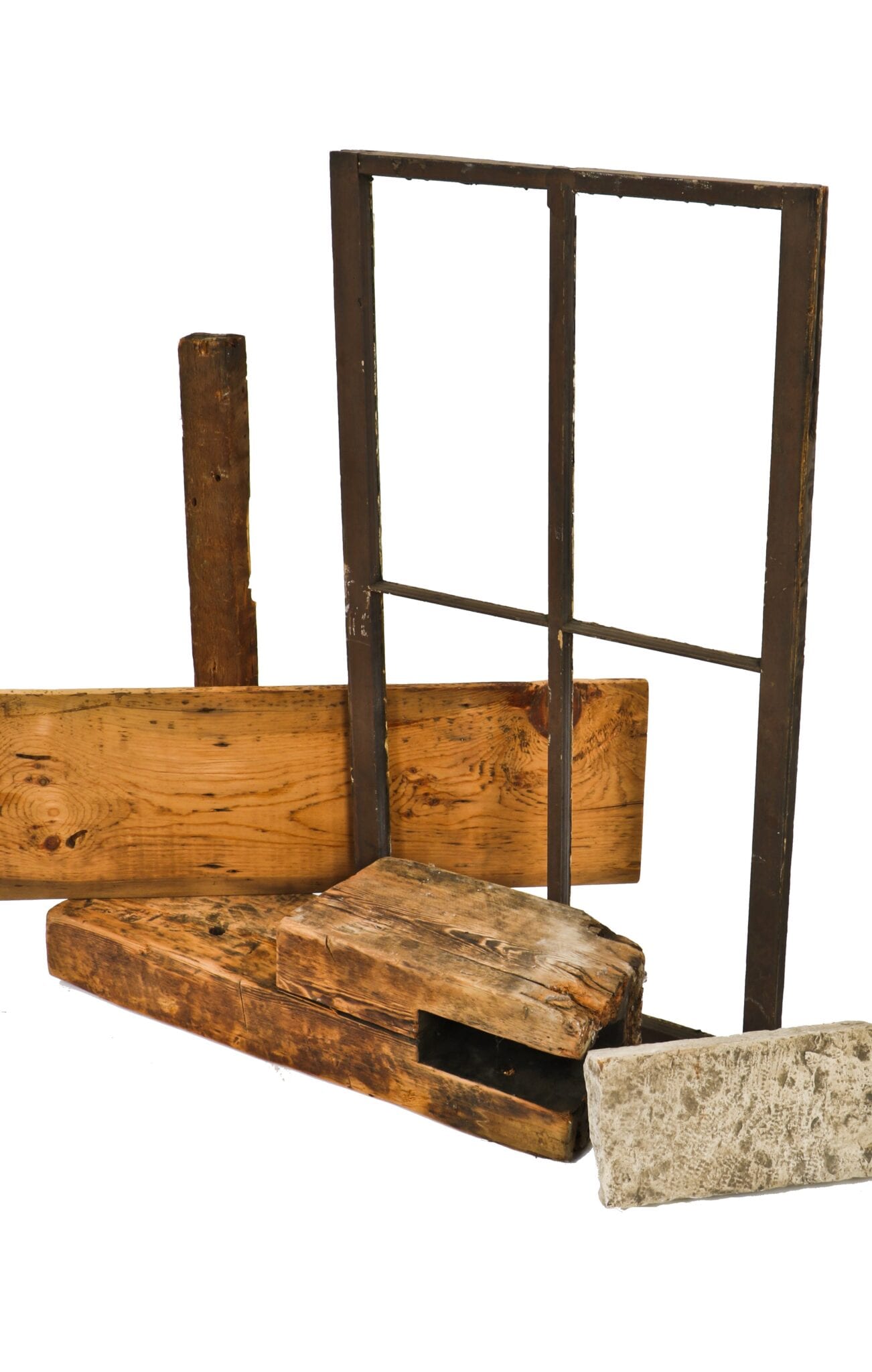 interestingly, the earlier case studies (houses constructed prior to the civil war) exhibit a largely uniform pattern of building techniques, but major incongruities arise in the characteristics of the materials used in construction. not surprisingly, by the turn of the century there is much greater uniformity in the types of materials used, aided by advances in technology in wood-working machinery and the like. nearly every building i deconstruct from this period was assembled with mass-produced materials that exhibit little to no difference from, say, one stud to the next. i hope to explore these issues and many more when assembling the narratives for the five houses i've documented, and the ones to follow, once building season kicks into high gear.
interestingly, the earlier case studies (houses constructed prior to the civil war) exhibit a largely uniform pattern of building techniques, but major incongruities arise in the characteristics of the materials used in construction. not surprisingly, by the turn of the century there is much greater uniformity in the types of materials used, aided by advances in technology in wood-working machinery and the like. nearly every building i deconstruct from this period was assembled with mass-produced materials that exhibit little to no difference from, say, one stud to the next. i hope to explore these issues and many more when assembling the narratives for the five houses i've documented, and the ones to follow, once building season kicks into high gear.

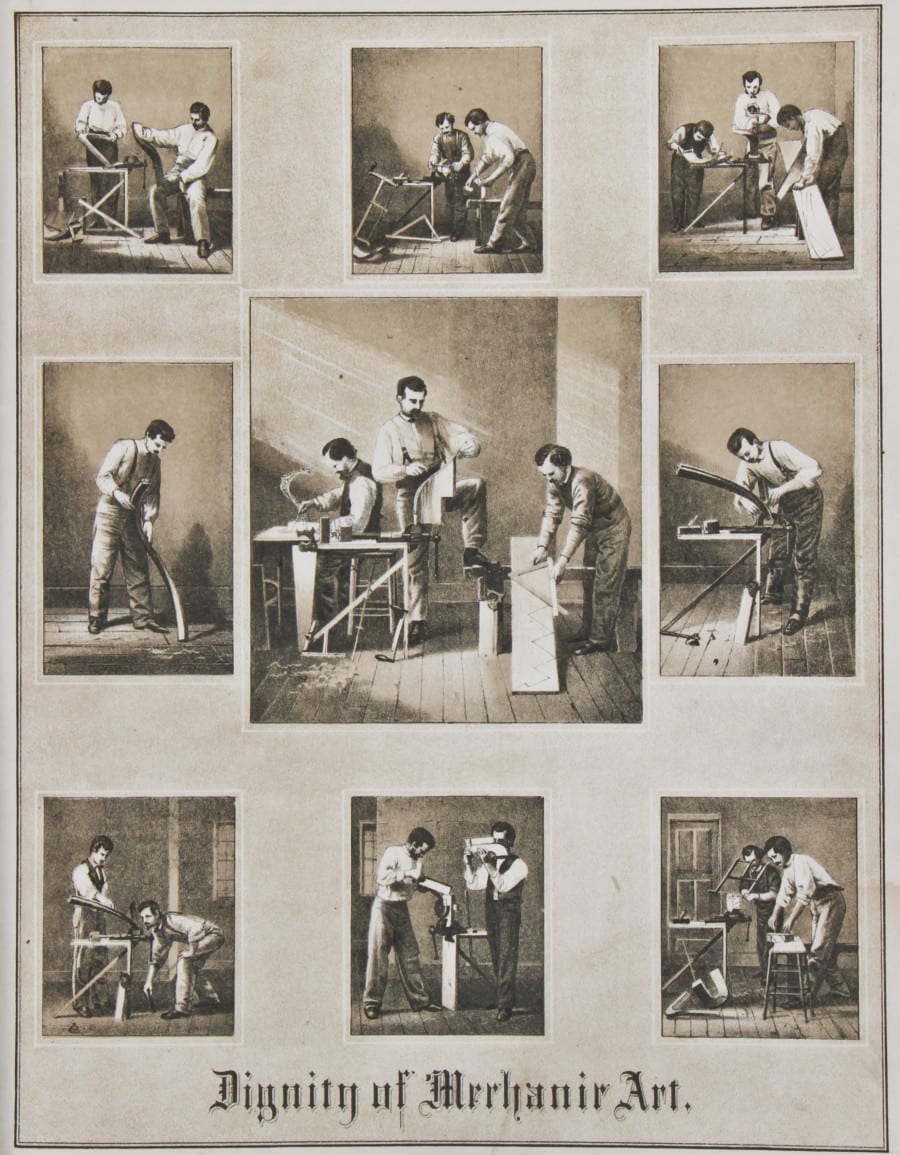
This entry was posted in , Miscellaneous, Salvages, Bldg. 51, Events & Announcements, Featured Posts & Bldg. 51 Feed on August 10 2018 by Eric
WORDLWIDE SHIPPING
If required, please contact an Urban Remains sales associate.
NEW PRODUCTS DAILY
Check back daily as we are constantly adding new products.
PREMIUM SUPPORT
We're here to help answer any question. Contact us anytime!
SALES & PROMOTIONS
Join our newsletter to get the latest information

